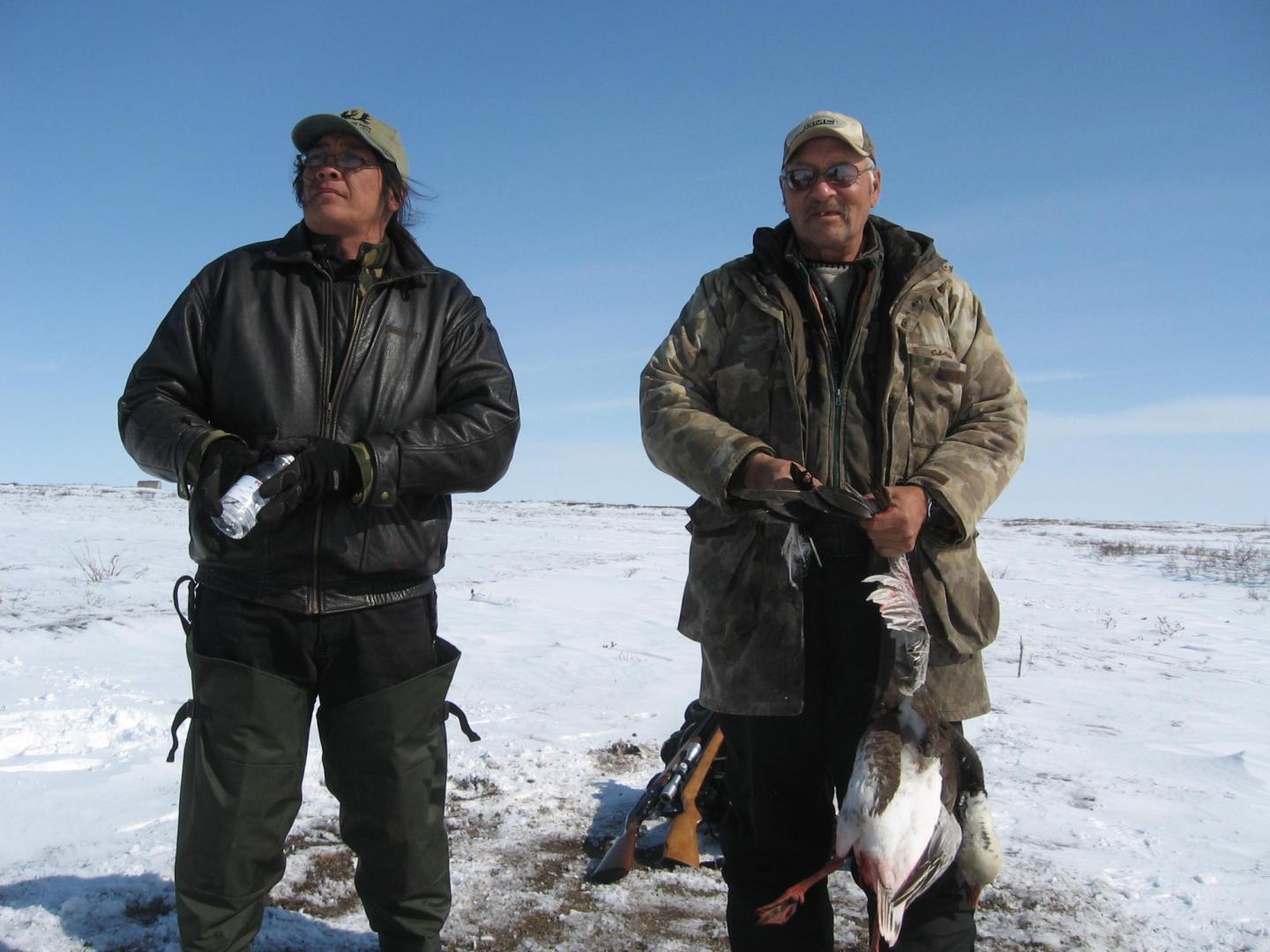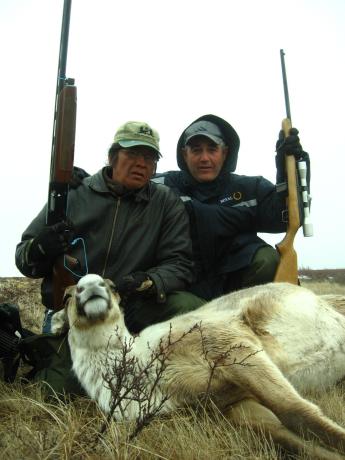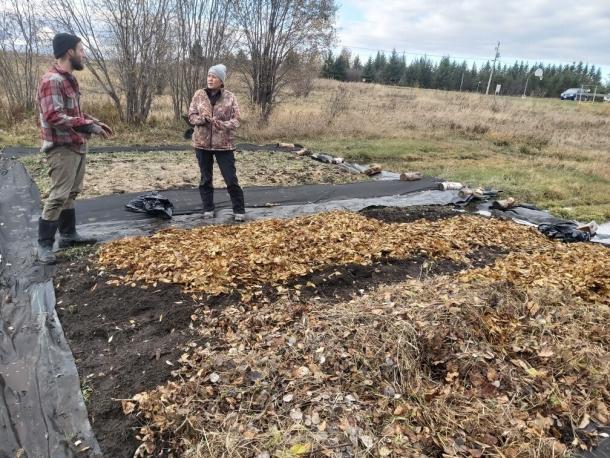Why living off the land is crucial - and nearly impossible to do

Bill Louttit’s first time hunting wild game came at the ripe old age of five years old. Bill recalls his mother simply announcing one day, “Okay, Irene, Bill. Tomorrow, you people are going to get us supper.” Now an 80-year-old father, grandfather, and great-grandfather, Bill chuckles at the memory. He remembers his mother saying, “Well, you've seen your father and your older sisters and brothers set rabbit snares. I'm going to go see you set the snares and you two can go check the snares in the morning." Two rabbits and two ptarmigans later, Bill was on his way to a lifetime of hunting wild game to feed his family and community.

Bill and his seven brothers and sisters grew up in the fly-in community of Lake River about 180 km north of Attawapiskat, on the western shores of James Bay. Hunting and trapping animals for food was once the norm for many Indigenous communities in the north. “I never knew of a time where food would be scarce,” recalls Bill. “There were rabbits, sharp-tailed grouse, spruce grouse, ptarmigans, caribou, moose. Everything you needed to eat was outside the door.” Today, fewer and fewer Indigenous communities can rely on wild game for sustenance.
There are a number of factors contributing to this trend. One of these factors is the climate crisis. According to the Indigenous Climate Hub: “As habitats change due to climate change, wildlife patterns will also change. Wildlife species will adapt to the new environment and will change their migration patterns and calving grounds.” Bill’s experience coincides with these findings. Bill has observed different species of fish emerging in familiar fishing waters. “We used to catch trout, and then it was pike, and now we have some fish that we haven’t seen before. There’s no name for it in Cree.” He even recalls elders warning him decades ago that the wild game weren’t migrating like they used to.
However, there is another variable that makes it difficult for many to pursue traditional hunting and trapping. “If you're in your formative years, you need to have a person that you look up to,” says Bill. “That was kind of interrupted by… residential school. That interrupted the skills that you needed in order for you to survive out on a land.” This deliberate move by the federal government to cut off traditional knowledge has meant that even if Indigenous peoples wanted to get back to the land, it is now much more difficult than it used to be. According to the national food security alliance, Food Secure Canada, historic and current policies were created “with the intention of limiting Indigenous people’s ability to engage in hunting and fishing activities, thereby eroding the food sovereignty, food security and cultures of many communities.” This includes the creation of the reserve system, forcing nomadic hunting peoples, especially in the north, into settled communities.
Where does this leave northern communities today? Without their traditional food systems and knowledge, most Indigenous communities rely on over-priced food shipped from urban centres. The price of fresh produce and meat in northern Ontario communities is triple that of urban centres in southern Ontario, which means those who cannot afford the outrageous prices eat a lot of processed food heavy with salt, sugar, and preservatives like canned pasta in sauce or sugary sodas. The most basic ingredient for human life, drinkable water, is not even available for many of the 130 First Nations in Ontario.

Submitted by Luke Dinan
MCC has partnered with First Nations communities all over northern Ontario to support food sovereignty with initiatives like community garden kits which come complete with all the tools and seeds needed to start a large garden. MCC also advocates alongside Indigenous partners for the Truth and Reconciliation Commission (TRC) calls to action, which include addressing the need for Indigenous food sovereignty.
One organization that MCC has partnered with many times, Mushkegowuk Council, has created a Nation Rebuilding Department which aims to build up political, economic, and cultural sovereignty for the seven First Nations it represents. For one of their projects, Mushkegowuk is sending food processing equipment like freeze dryers, sausage stuffers, smokers, and metal can sealers that would help to preserve food that is grown, hunted, or harvested off the land. This would lessen reliance on imported food that is not only costly, but often not as healthy.
Bill himself has had some health problems in recent years, which his doctor diagnosed as due in part to “too much grease.” Bill blames the processed foods of grocery stores and fast food and argues that not all grease is created equal. “The funny part about that is the spring goose, Canada goose and the snow geese…they have like a quarter inch of fat under the skin,” observes Bill. “When I eat the geese…I don't have any problems, no matter how much I eat. But I have to be really careful if I'm not going to live off the land, I've got to be careful of what I eat when I go shopping.”
Today, Bill gets out on a big hunt about once a year. His children have moved south, and it is unlikely they will carry on the hunting tradition. But one thing he has passed on to them is an appreciation of wild meat. “My granddaughter's favourite is cooked goose,” Bill says with a laugh. “Use the gravy from the goose, put rice in it, and make sort of a soup with it. Oh, geez. She'll eat that for breakfast, lunch, and supper!”
As Bill knows well, access to both knowledge and land is a crucial part of Indigenous food sovereignty. The relationship to food and land will be different for Bill’s grandchildren than it was for him, but the goal is the same: to feed their communities with nourishing, accessible food.
Click here to support food sovereignty for northern Indigenous communities.

